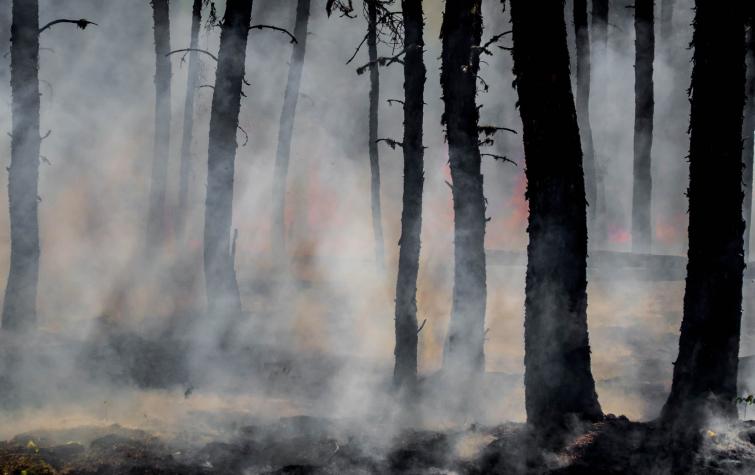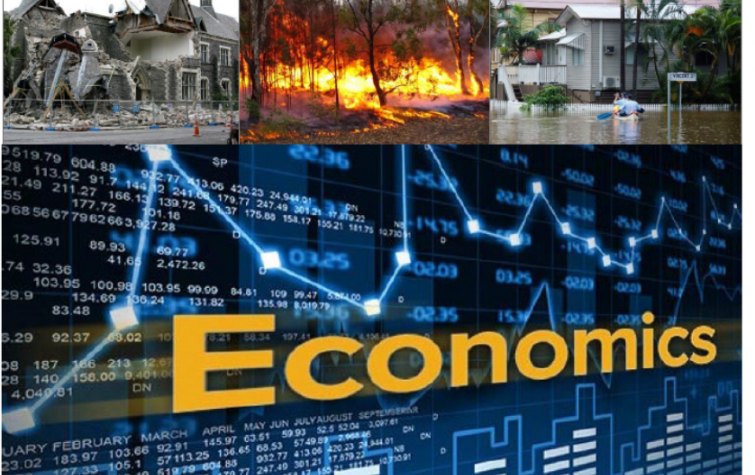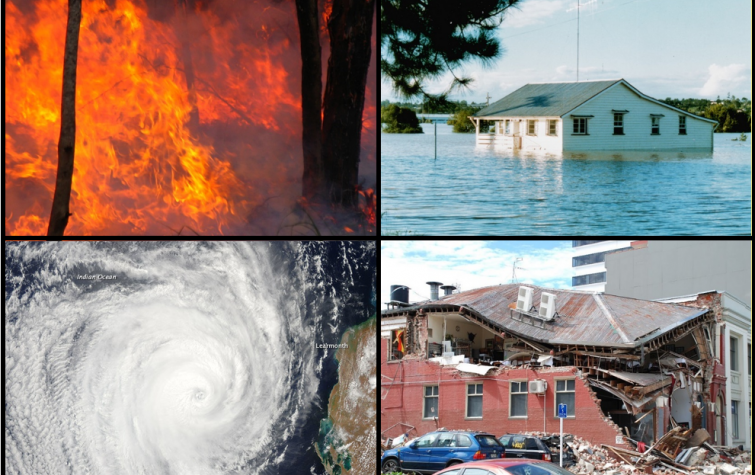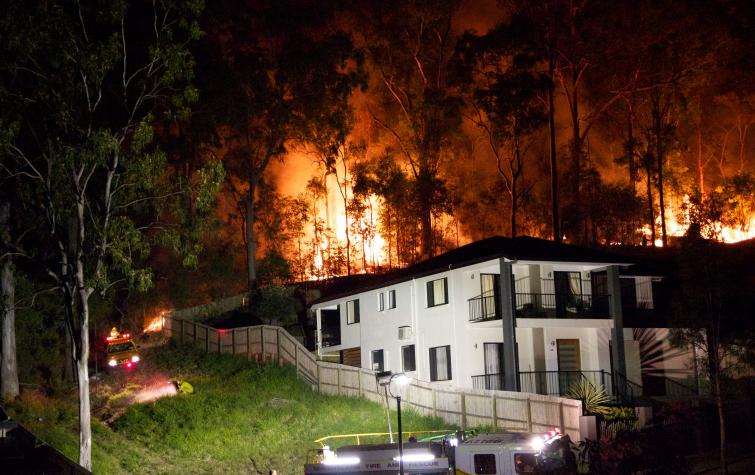Dr Veronique Florec began her PhD at the Bushfire CRC and completed in 2016 at the Bushfire and Natural Hazards CRC, developing an economic model for evaluating different prescribed burning strategies in south west Western Australia. The model incorporates both biological information related to bushfires and fire regimes, as well as economic information about prescribed burning, suppression and potential bushfire damages. Her PhD informed decision makers on the costs and benefits of different prescribed burning strategies, the return on their investment and the trade-offs between different options. Broadly, Veronique found that, in the long-term, not conducting any prescribed burning for several years in this ecosytem can be very costly, leading to large increases in damages and suppression expenditures. Results identify a threshold point (10 per cent of public land) up to which substantial economic benefits may be gained from increasing the area subjected to prescribed burning. But beyond this threshold, prescribed burning generates little additional economic benefits. Her research was featured in Hazard Note 42 – Investing in prescribed burning: how much should we spend? and has been published in the International Journal of Wildland Fire and the Australian Journal of Emergency Management. Veronique also presented her findings at the 2016 AFAC conference
and the CRC’s Research Forums in 2016 and 2018, and spoke at the PhD development day as part of the CRC’s 2017 Research Advisory Forum about life after a PhD.
Veronique is a strong supporter of women in the areas of science and emergency management. In March 2018, she was part of eighty female scientists from around the world who journeyed to Antarctica as part of the Homeward Bound Voyage, which aimed to heighten the impact of women with a science background who can influence policy and decision making.
Upon completing her PhD, Veronique led the CRC’s Economics of natural hazards project and was part of the research team on the Quantifying catastrophic bushfire consequence project for Energy Networks Australia. Through the Economics of natural hazards project, Veronqiue and her team developed the Value Tool for Natural Hazards and the Economic Assessment Screening Tool for natural hazards managers and policy advisors to estimate the value for money different investments in mitigation offer and how to include monetary values for intangible values when assessing mitigation benefits. Both are hosted on the CRC website.
Based on these two tools, Veronique developed and delivered a popular online training course than ran in 2021 for natural hazards managers and emergency management practitioners to build capacity within
the sector to use economic analysis to inform decision making. This was complimented by a ten part video series to explain the core economic concepts and models that are relevant to natural hazards mitigation. The video series, hosted on the CRC’s YouTube channel, covered the types of economics analyses available; their data requirements; how to evaluate mitigation options; estimating costs, benefits and value for money of mitigation; how to integrate intangible values; and how to deal with uncertainty.
Project leadership
Student project
Research team
| Type | Project | Research team |
|---|---|---|
| Commissioned Research | Quantifying catastrophic bushfire consequence | vflorec, Kate Parkins, bcirulis |











